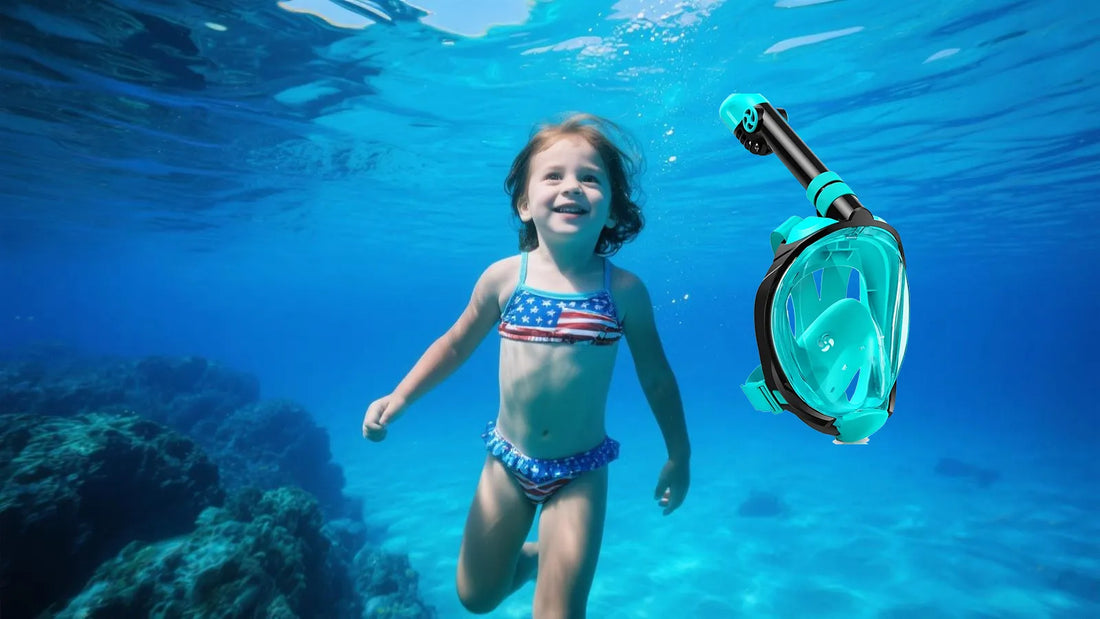Scuba diving is an exhilarating experience that allows you to explore the wonders of the underwater world. However, transitioning from the depths of the ocean to the heights of the sky requires careful planning. One of the most critical questions divers face is: how long do you have to wait to fly after scuba diving? This article delves into the science, guidelines, and practical tips to ensure your safety and enjoyment.
The Science Behind the Wait Time
When you scuba dive, your body absorbs nitrogen from the compressed air you breathe. As you descend, the pressure increases, causing more nitrogen to dissolve into your tissues. During your ascent, this nitrogen is gradually released. If you ascend too quickly or fly too soon after diving, the nitrogen can form bubbles in your bloodstream, leading to decompression sickness (DCS), also known as 'the bends.'
The wait time before flying is crucial to allow your body to off-gas the excess nitrogen safely. The general rule of thumb is to wait at least 12 to 24 hours after a single dive before flying. For multiple dives or dives requiring decompression stops, the wait time may extend to 18 to 24 hours or more.
Factors Influencing the Wait Time
Several factors can influence how long you should wait to fly after scuba diving:
- Depth and Duration of the Dive: Deeper and longer dives increase nitrogen absorption, requiring a longer wait time.
- Number of Dives: Multiple dives in a day accumulate more nitrogen, necessitating a longer wait.
- Decompression Stops: Dives that require decompression stops indicate higher nitrogen levels, extending the wait time.
- Individual Physiology: Factors like age, fitness level, and hydration can affect nitrogen off-gassing rates.
- Altitude of the Flight: Flying at higher altitudes reduces cabin pressure, increasing the risk of DCS.
Guidelines from Diving Organizations
Various diving organizations provide guidelines on how long to wait before flying:
- Recreational Diving: Most organizations recommend a minimum wait of 12 hours after a single no-decompression dive.
- Technical Diving: For dives involving decompression stops or mixed gases, the wait time can extend to 24 hours or more.
- Multiple Dives: If you've done multiple dives over several days, a wait of 18 to 24 hours is advised.
Practical Tips for Divers
To ensure a safe and smooth transition from diving to flying, consider the following tips:
- Plan Your Itinerary: Schedule your flights with the recommended wait times in mind.
- Stay Hydrated: Proper hydration helps your body off-gas nitrogen more efficiently.
- Avoid Alcohol: Alcohol can dehydrate you and impair nitrogen elimination.
- Monitor Your Health: Be aware of any symptoms of DCS, such as joint pain, dizziness, or shortness of breath.
- Consult a Professional: If in doubt, seek advice from a dive professional or medical expert.
Understanding Decompression Sickness
Decompression sickness occurs when nitrogen bubbles form in the bloodstream and tissues, causing a range of symptoms from mild to severe. Common symptoms include:
- Joint and muscle pain
- Skin rashes or itching
- Fatigue or dizziness
- Shortness of breath
- Neurological symptoms like confusion or paralysis
If you experience any symptoms of DCS, seek medical attention immediately. Treatment typically involves hyperbaric oxygen therapy to reduce nitrogen bubbles and alleviate symptoms.
Special Considerations for Frequent Divers
Frequent divers or those planning extended diving trips should take extra precautions:
- Surface Intervals: Allow sufficient surface intervals between dives to reduce nitrogen buildup.
- Dive Computers: Use dive computers to monitor nitrogen levels and plan safe ascent profiles.
- Health Checkups: Regular medical checkups can help identify any underlying conditions that may affect nitrogen off-gassing.
Myths and Misconceptions
There are several myths surrounding flying after scuba diving. Let's debunk a few:
- Myth 1: You can fly immediately after a shallow dive. Fact: Even shallow dives require a wait time to off-gas nitrogen.
- Myth 2: Flying at night is safer. Fact: The time of day does not affect nitrogen off-gassing.
- Myth 3: Drinking water can eliminate the need for a wait time. Fact: While hydration helps, it does not replace the need for a proper wait time.
Case Studies and Real-Life Experiences
Real-life experiences highlight the importance of adhering to wait times:
- Case Study 1: A diver ignored the 12-hour wait time and experienced severe joint pain during a flight, requiring emergency medical treatment.
- Case Study 2: Another diver followed the guidelines, waited 18 hours after multiple dives, and had a safe and comfortable flight.
These cases underscore the critical nature of following recommended wait times to avoid DCS.
Final Thoughts
Understanding how long to wait to fly after scuba diving is essential for every diver. By adhering to the guidelines, considering individual factors, and taking practical precautions, you can ensure a safe and enjoyable transition from underwater adventures to air travel. Always prioritize your health and safety, and when in doubt, consult with diving professionals or medical experts.
Ready to plan your next diving trip? Keep these tips in mind to make your journey from the depths to the skies as smooth and safe as possible. Happy diving and safe travels!

